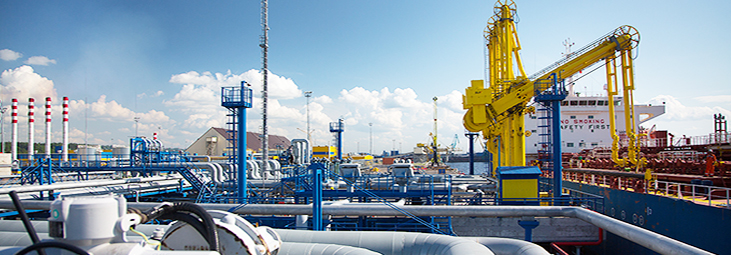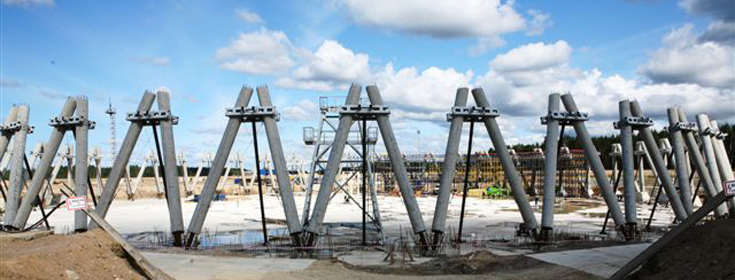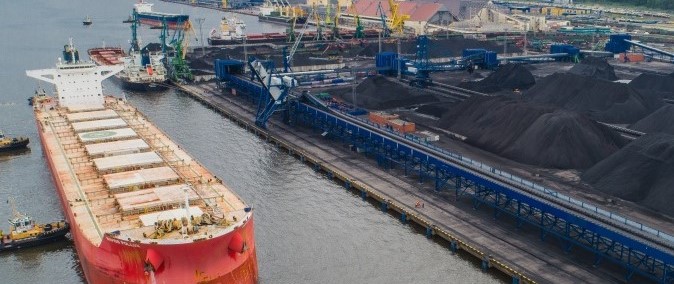The consulting Project "Optimization and formalization of key management processes" has been implemented in a shoe factory (hereinafter “the Company”).
The company started operating in 1997. Its co-owners were the firms specializing in shoe wholesale and retail trade. The Company specialized in producing the middle class shoes for the domestic market. The main customers of the Company had been its owners since its establishing to the end of 2000.
Since 2001, the Company has been producing shoes for the third parties and under their trademarks, which means leadership in cost savings while maintaining consistently high quality.
However, the Company lacked a clear organizational structure and functions. The rights and responsibility areas of the managers were not outlined. Necessary procedures and formats of work, circulation of document were not formalized. The management accounting was in its infancy. The Company’s unified information system was missing.
In particular, one of the most painful points is a problem of power and responsibility distribution between the managers, as well as between the founders and managers. The management solutions were not made on the basis of the plan and analysis of reliable information. It was not available, in particular due to the lack of the Company’s adequate management accounting. The solutions were taken on the basis of managers’ intuition and their vast business experience.
As a result, the management efficiency was low. The objective of achieving the leadership in cost savings maintaining consistently high quality was questionable.
The aggregate external factors (increased competition, gradual changes in demand for key market targets, unstable supplied raw material quality, etc.) and internal problems demanded comprehensive management reforms in the Company since any innovation would hindered by its poor management making it impossible to achieve the set goals.

 About our Company
About our Company



